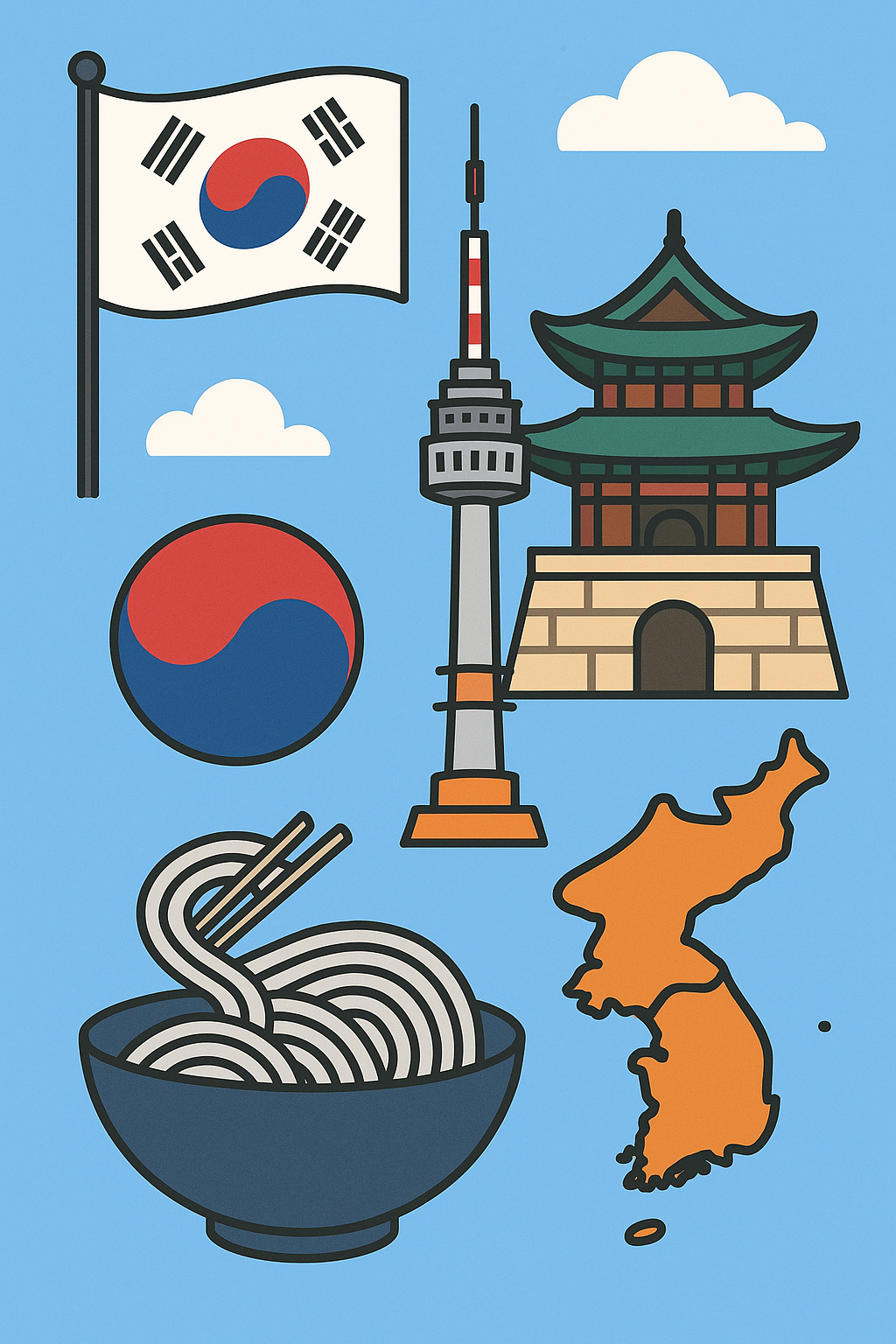2025. 6. 17. 08:00ㆍHow to Cook Korean Food

How to Make Miyeokguk: Korean Seaweed Soup for Birthdays, Wellness & Tradition
Miyeokguk (미역국), or Korean seaweed soup, is a humble yet iconic dish deeply rooted in Korean culture. Known as the go-to soup for birthdays and postpartum recovery, miyeokguk is nutritious, comforting, and surprisingly simple to make. Rich in minerals, low in calories, and full of umami, it’s a staple in many Korean homes — especially when celebrating life and nurturing health.
In this post, I’ll walk you through a traditional beef miyeokguk recipe that’s perfect for first-time Korean cooks and anyone looking for a healthy Korean soup recipe that also happens to be deeply meaningful.

What Is Miyeokguk?
Miyeokguk (미역국) is a soup made with miyeok (dried seaweed), typically rehydrated and simmered in broth with beef, anchovy stock, or seafood. It is traditionally served:
- On birthdays (to honor mothers who gave birth)
- After childbirth for postpartum nourishment
- As a regular side dish for daily meals
Miyeok is packed with calcium, iodine, iron, and fiber. Its slightly slippery texture and umami-rich taste make it distinct from Western soups. This dish reflects the Korean philosophy of food as medicine.
Why Do Koreans Eat Seaweed Soup on Their Birthday?
In Korea, eating miyeokguk on your birthday is a meaningful tradition. It symbolizes remembrance and gratitude toward one's mother, who likely ate the same soup after giving birth. It’s a symbolic, nourishing reminder of life’s beginning and maternal love.

Ingredients for Traditional Beef Miyeokguk (4 servings)
- 20g dried miyeok (seaweed)
- 150g sliced beef brisket or flank (soup meat)
- 1 tbsp sesame oil
- 5 cups water (or anchovy broth for deeper flavor)
- 1 tbsp soy sauce (for soup)
- 1/2 tbsp fish sauce (optional)
- Salt to taste
- 1 tsp minced garlic
- Optional garnish: sliced scallions or toasted sesame seeds

How to Make Miyeokguk – Step-by-Step Recipe
Step 1: Rehydrate the Seaweed
- Soak dried miyeok in cold water for 10–15 minutes until fully expanded.
- Drain, rinse thoroughly, and cut into bite-sized lengths.
Step 2: Sauté the Beef and Seaweed
- In a large pot, heat 1 tbsp sesame oil over medium heat.
- Add sliced beef and stir-fry for 2–3 minutes until no longer pink.
- Add the rehydrated miyeok and stir-fry together for another 2 minutes. This helps infuse the seaweed with savory flavor.
Step 3: Simmer the Soup
- Add 5 cups of water to the pot.
- Bring to a boil, then reduce heat and simmer for 30–40 minutes.
- Add soy sauce, fish sauce (optional), and garlic. Season with salt to taste.
- Skim off any foam that forms for a cleaner broth.
Step 4: Serve
- Ladle into bowls and garnish with chopped scallions or sesame seeds if desired.
- Best enjoyed with a bowl of hot rice and kimchi.

Tips for the Best Miyeokguk
- Use quality miyeok: Korean or Wando seaweed has the best texture and taste.
- Simmer longer for richer broth: Don’t rush the process — slow cooking enhances flavor.
- Customize your protein: You can use mussels, clams, or anchovy broth instead of beef for variation.
- Make ahead: Miyeokguk stores well in the fridge and tastes even better the next day.
Health Benefits of Miyeokguk
Miyeokguk is known for:
- Promoting thyroid health (thanks to natural iodine)
- Supporting postpartum recovery
- Aiding digestion and gut health
- Being low-calorie and high-fiber
This makes it not only a comforting meal but also a functional Korean health food.
Final Thoughts
If you're searching for an easy Korean soup recipe that's healthy, delicious, and culturally meaningful, miyeokguk is the perfect choice. Whether you're making it for your birthday, a loved one recovering from childbirth, or just a weeknight dinner, it brings warmth and depth to your table.
Try this authentic miyeokguk recipe and experience the gentle, healing power of Korean home cooking.
Keywords: Miyeokguk recipe, Korean seaweed soup, birthday soup Korea, postpartum soup Korean, how to make miyeokguk, healthy Korean soup, beef seaweed soup, Korean home cooking, easy Korean recipes, traditional Korean birthday food
